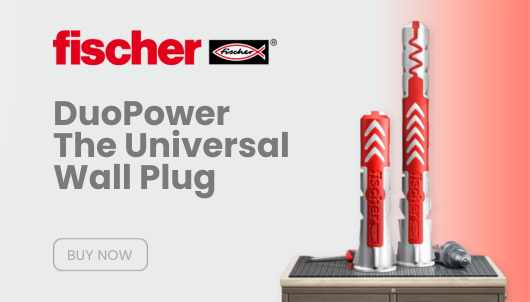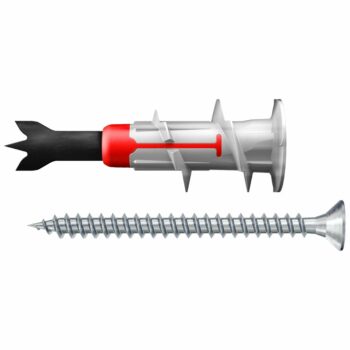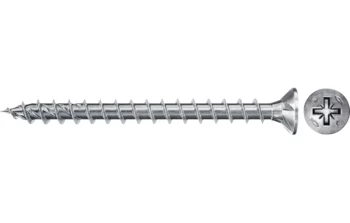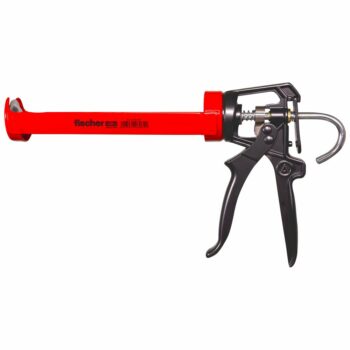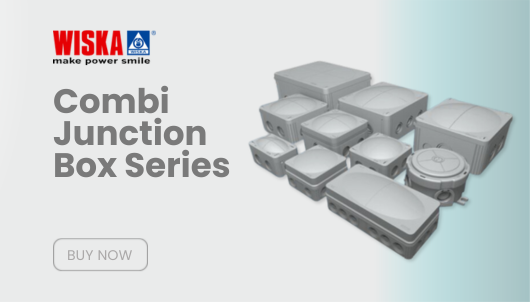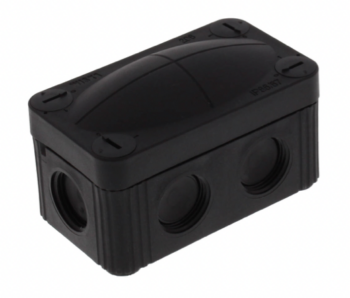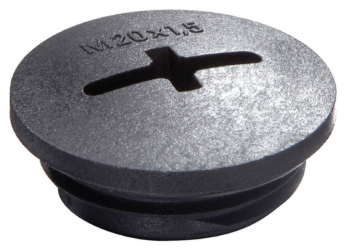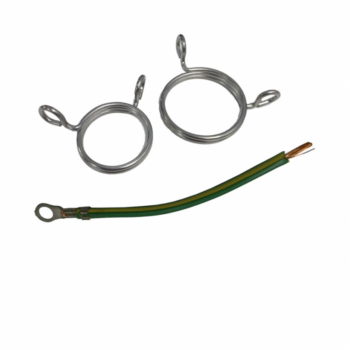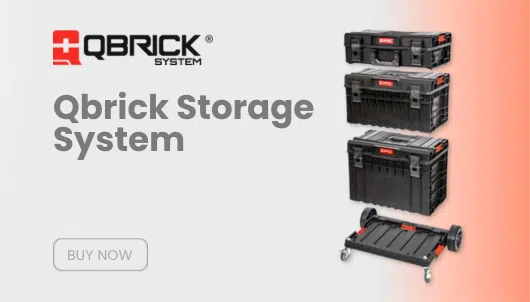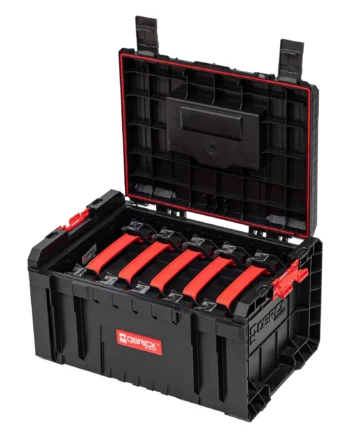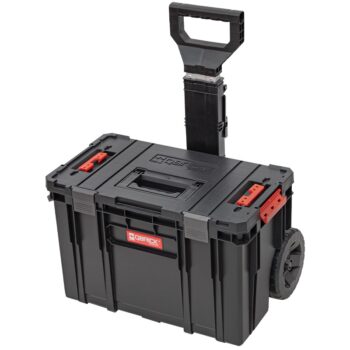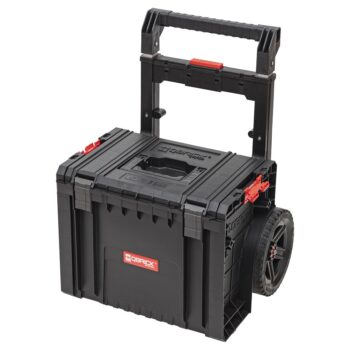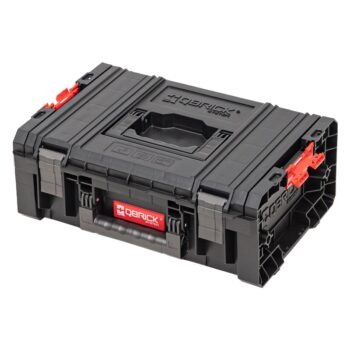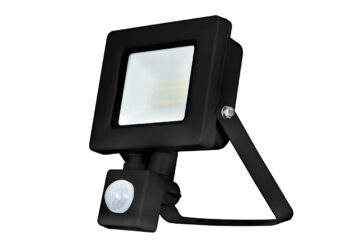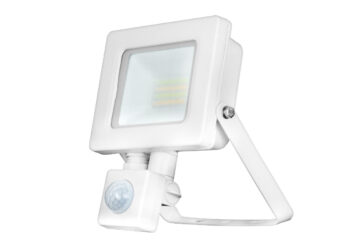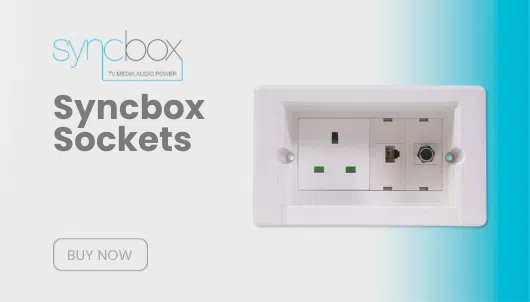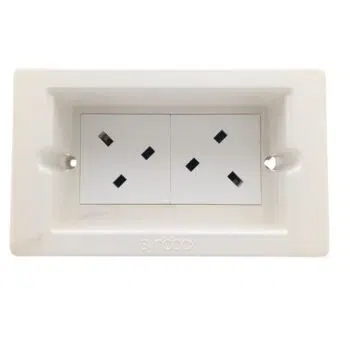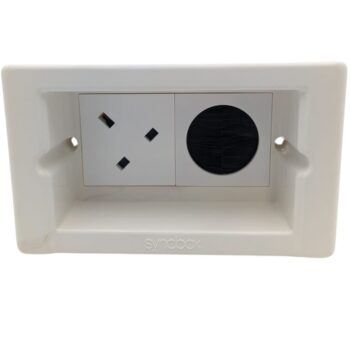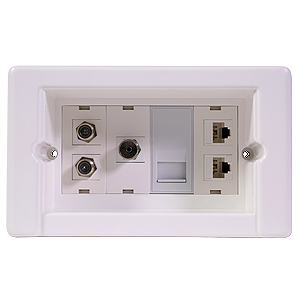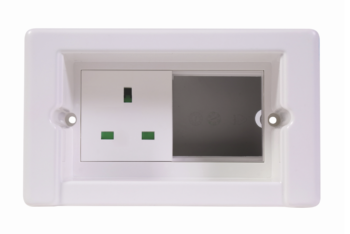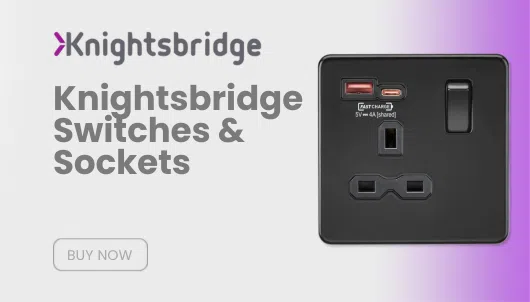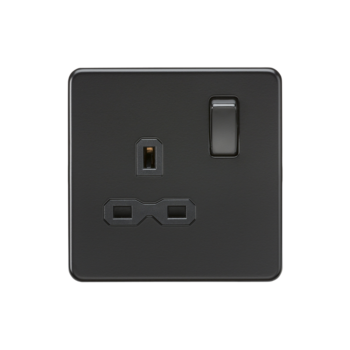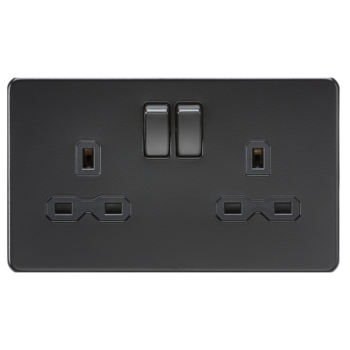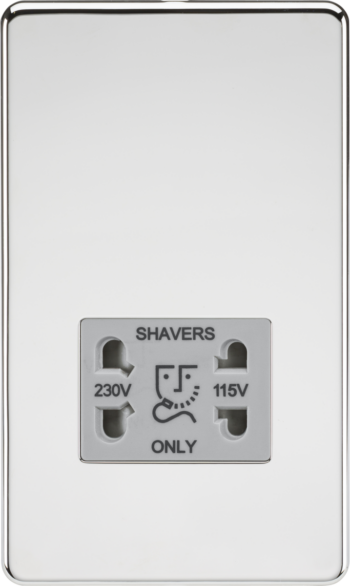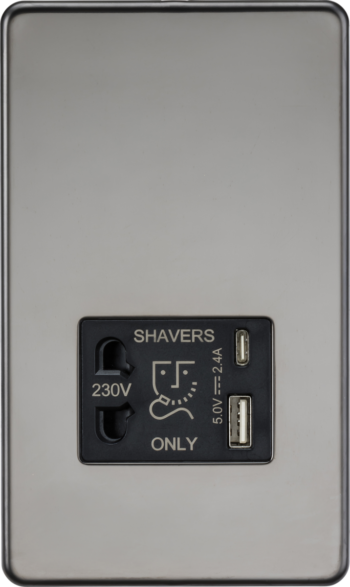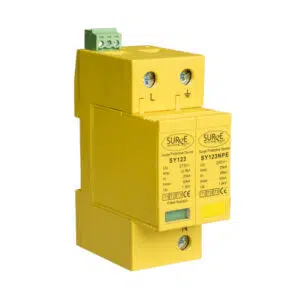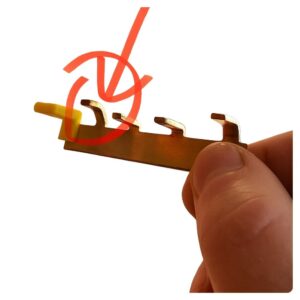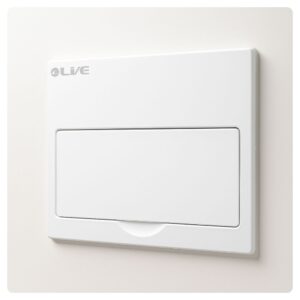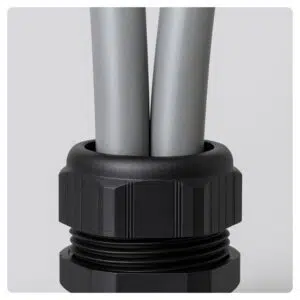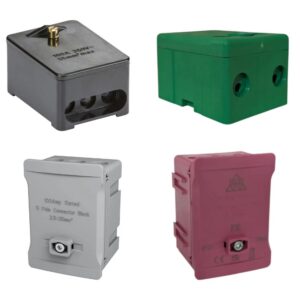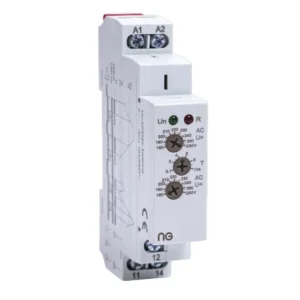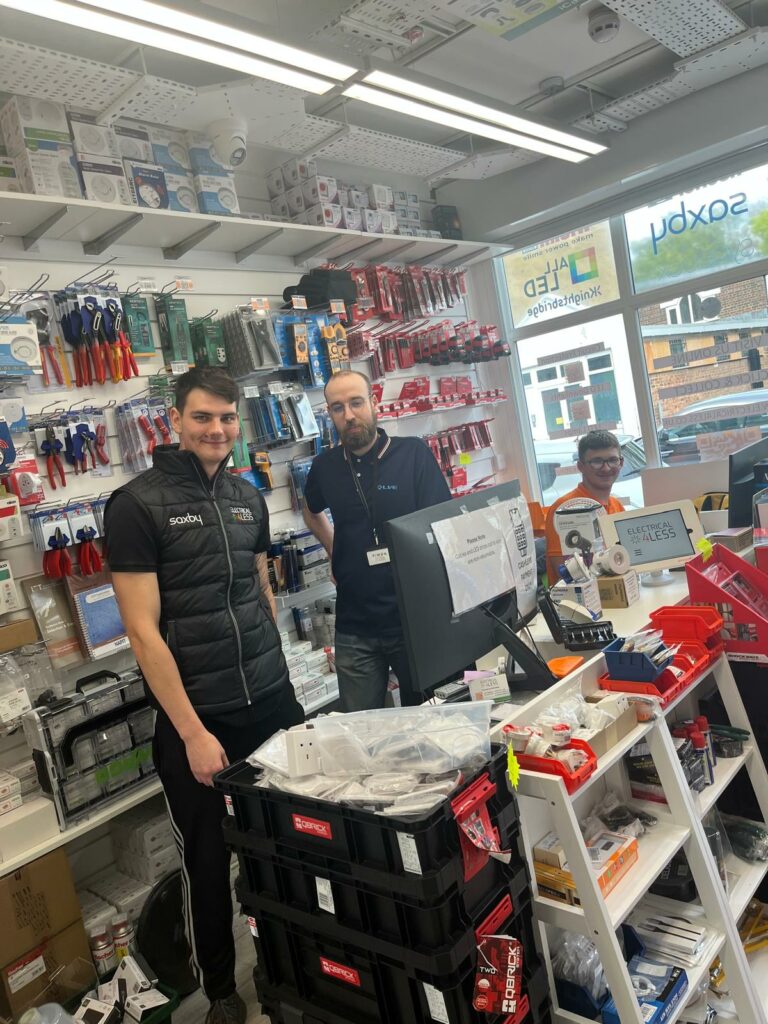The Ultimate Guide to RCBOs: Why They’re Essential for Modern Fuseboxes
In today’s world of rapidly evolving electrical systems, safety is paramount, and the devices that control and protect those systems must be equally advanced. One such critical device is the RCBO—Residual Current Circuit Breaker with Overcurrent Protection. While it might not be the most exciting acronym you’ve ever heard, this small yet powerful device plays an essential role in safeguarding your electrical circuits and, ultimately, your home or workplace.
Table of contents
- The Ultimate Guide to RCBOs: Why They’re Essential for Modern Fuseboxes
- What is an RCBO, and Why Do You Need One?
- The Key Differences Between RCDs, MCBs, and RCBOs
- Different Types and Their Applications
- How Do RCBOs Work? A Simplified Explanation
- Benefits of Installing RCBOs
- When Should You Upgrade to an RCBO?
- How to Choose the Right RCBO for Your Home or Business
- Conclusion
- RCBO FAQ
Whether you’re an electrician, a homeowner upgrading your fusebox, or simply curious about electrical safety, this comprehensive guide to RCBOs will help you understand what they are, how they work, and why they are vital to modern electrical installations. We’ll explore everything from how Hager differ from other brands to the rise of Live and what to consider when purchasing and installing them.
What is an RCBO, and Why Do You Need One?
Before diving into technicalities, let’s start with the basics. An RCBO is a device designed to combine two important protective features: residual current protection and overcurrent protection.
Residual Current Protection
This feature is critical in detecting earth faults, which occur when the electrical current takes an unintended path, often posing a shock risk. If you’ve ever heard of a Residual Current Device (RCD), you’ll recognize that RCBOs serve a similar function by cutting off power when they detect this fault.
Imagine this scenario: you’re using an electric drill, and unbeknownst to you, there’s a minor fault in the wiring, leading electricity to escape through the case and into your hand. Without residual current protection, this could result in a severe or even fatal electric shock. With an RCBO in place, the device will immediately disconnect the circuit as soon as it detects the imbalance, preventing harm.
Overcurrent Protection
On the flip side, overcurrent protection ensures that circuits do not carry more electrical current than they’re rated for, which can cause fires or damage appliances. Think of this as your circuit’s personal bodyguard, standing by to shut things down if too much electricity starts flowing through.
So, in essence, an RCBO acts as both a lifeguard for electrical shock risks and a bodyguard for the system’s integrity, making it a crucial part of any fuse box setup.
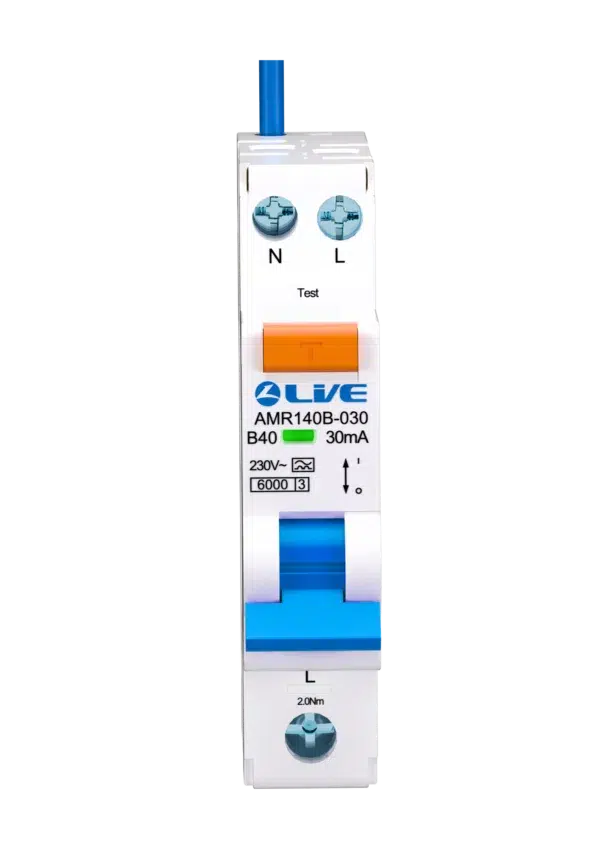
The Key Differences Between RCDs, MCBs, and RCBOs
You might be wondering, “What sets RCBOs apart from other circuit protection devices like RCDs or MCBs?”
RCD
While an RCD offers residual current protection, it does not include overcurrent protection. In simpler terms, an RCD will shut off the power if it senses a fault, but it won’t stop your system from overloading and causing damage. The RCBO, on the other hand, covers both risks in one compact device.
MCB
Similarly, a Miniature Circuit Breaker (MCB) protects against overcurrent but lacks any residual current protection. So if there’s an earth fault, an MCB will not stop it, whereas an RCBO will.
Given the dual protection they offer, it’s clear why it is quickly becoming a standard in modern electrical installations, especially where safety and compliance with regulations are non-negotiable.
Different Types and Their Applications
RCBOs come in various types, each with specific applications depending on the electrical system they are protecting. Let’s break down the most common variations:
Single-Phase
This type of RCBO is the most commonly found in domestic environments. It works with single-phase electrical circuits—typically what you’ll find in a home fuse box—and is designed to protect against both current overloads and earth faults.
Three-Phase
For larger commercial or industrial applications, three-phase versions are required. These protect three-phase circuits (often found in businesses and factories), ensuring safety and compliance in more complex electrical installations.
Fusebox vs. Hager vs. Live
- Fusebox RCBO: Fusebox is a well-known brand that offers affordable yet highly effective devices, perfect for both residential and light commercial applications.
- Hager RCBO: Hager is recognized for high-quality electrical equipment, and their devices are no exception. Hager’s are popular in the professional electrical community for their reliability and compliance with stringent safety regulations.
- Live: A newer entrant to the market, Live devices offers cutting-edge design and advanced functionality, focusing on seamless integration into modern, tech-driven electrical systems.
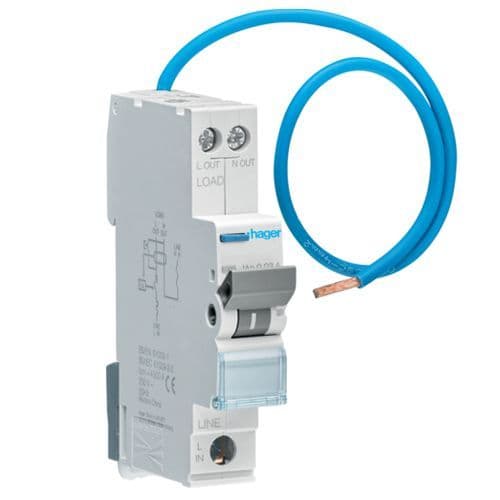
How Do RCBOs Work? A Simplified Explanation
To keep things simple, think of an RCBO as an intelligent switch that constantly monitors your electrical circuits.
- Detecting Current Flow: The device checks that the current flowing in and out of a circuit is balanced. If the current leaving the system is not the same as what’s returning (often the result of an earth fault), the device will step in.
- Interrupting Overcurrent: At the same time, if the current exceeds the capacity of the circuit, the device instantly trips, cutting off the power to prevent overheating and potential fire hazards.
- Manual Reset: Once the issue is resolved—whether it’s faulty wiring, an overloaded device, or a minor electrical fault—you can manually reset the circuit protection device to restore power.
This simple yet robust mechanism is why RCBOs are becoming a staple in homes, businesses, and industrial spaces alike.
Benefits of Installing RCBOs
Enhanced Safety
As we’ve established, RCBOs protect both against electric shock and fire hazards, making them a crucial part of your electrical system’s safety net.
Compliance with Regulations
Modern building codes and electrical standards often require the installation of RCBOs to ensure safety. Installing these devices helps ensure that your electrical system is up to date with the latest regulations, particularly in new builds or when upgrading outdated systems.
Convenience and Cost Efficiency
With dual protection in one device, you don’t need separate RCDs and MCBs. This not only simplifies your electrical setup but also saves space in your fusebox and reduces the need for additional wiring.
When Should You Upgrade to an RCBO?
Now that you’re familiar with the benefits of RCBOs, when should you consider upgrading?
During Fusebox Upgrades
If you’re replacing or upgrading your fuse box, it’s a great opportunity to install RCBOs. These devices can easily replace outdated RCD or MCB systems, offering better protection without adding complexity to the setup.
New Builds
For new constructions, installing these devices is often a no-brainer. Most electricians will recommend Hager RCBOs or similar high-quality brands to ensure compliance with regulations and provide peace of mind for the homeowner or building manager.
After Electrical Faults
If you’ve experienced an electrical fault or recurring issues with overcurrent or tripped circuits, an RCBO upgrade may resolve the problem by providing more advanced protection.
How to Choose the Right RCBO for Your Home or Business
Amperage Rating
Choose an RCBO with an amperage rating appropriate for your circuit. For example, residential circuits often require 10A or 16A versions, while larger commercial circuits may need higher ratings.
Type of Protection
For environments with sensitive equipment, such as computers or medical devices, you may want to choose a circuit breaker that provides both Type AC and Type A protection, as these can handle different fault scenarios more effectively.
Brand and Quality
Leading brands like Hager and Fusebox have earned their reputation for reliability, but newer brands like Live are also making waves with their innovative designs.
Conclusion
In summary, RCBOs are indispensable for ensuring the safety and compliance of your electrical systems, whether you’re upgrading your fusebox, building a new home, or protecting a commercial property. Offering both residual current and overcurrent protection in a single device, RCBOs simplify circuit protection while maximizing safety. With brands like Fusebox, Hager, and Live RCBO leading the market, there’s never been a better time to upgrade.
See our full range of RCBOs here!
RCBO FAQ
RCBO stands for Residual Current Circuit Breaker with Overcurrent Protection.
It monitors the balance of electrical current and interrupts the circuit if it detects a fault or an overload.
An RCD provides residual current protection, whereas an RCBO provides both residual current and overcurrent protection.
If you want both shock and overload protection, they are a excellent choice.
Leading brands include Hager, Fusebox, and Live.
Yes, RCBOs can often be retrofitted to replace older RCD or MCB systems.
They typically last between 10-20 years, depending on usage and environmental conditions.
Simply switch the device back to the “on” position after identifying and resolving the fault.
Yes, there are different versions designed for both single-phase and three-phase circuits.
Yes, by cutting off power in the event of overcurrent, they help prevent fires.
Yes, many of these devices are designed to protect sensitive equipment from faults and overloads.
A fusebox RCBO is a type of device specifically designed for fusebox consumer unit installations.
The switch will be in the “off” position, and you may notice power is out in part of your home or building.
Earth faults, overcurrent, or short circuits can cause this type of device to trip.
Professional installation is recommended to ensure compliance with safety standards.
No, they provide both residual current and overcurrent protection, eliminating the need for separate RCDs.
Consult an electrician to check for underlying electrical faults or overloads.
While they don’t directly improve energy efficiency, they help maintain a safer, more reliable electrical system, which can prevent unnecessary energy losses due to faults.





